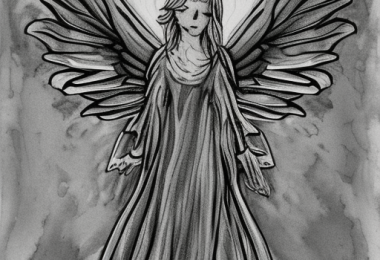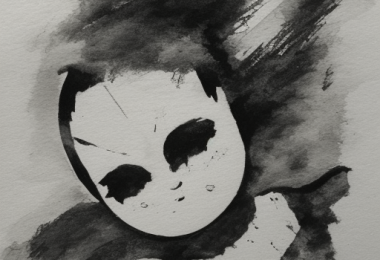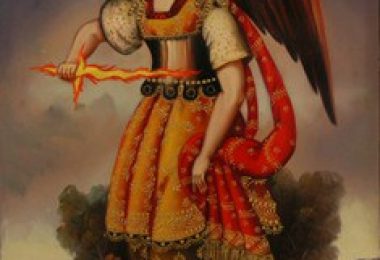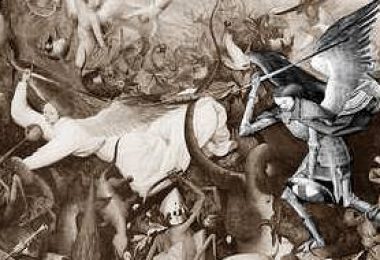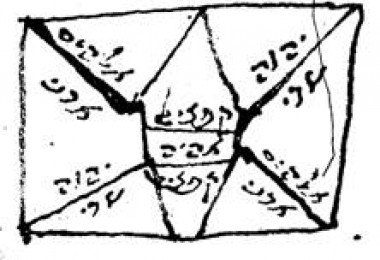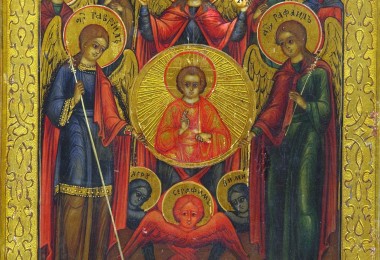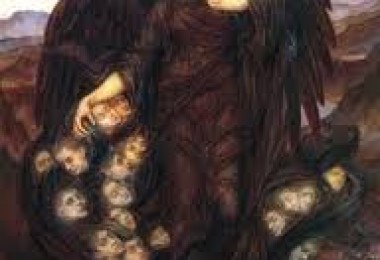Unlike Hebrew text, the Christian scriptures contain the first known depiction of Abaddon as an individual entity instead of a place.
Revelation 9:11 And they had a king over them, which is the angel of the bottomless pit, whose name in the Hebrew tongue is Abaddon, but in the Greek tongue hath his name Apollyon. KJV, 1611
In Revelation 9:11, Abaddon is described as “Destroyer”, the angel of the abyss, and as the king of a plague of locusts resembling horses with crowned human faces, women’s hair, lions’ teeth, wings, iron breast-plates, and a tail with a scorpion’s stinger that torments for five months anyone who does not have the seal of God on their foreheads.
The symbolism of Revelation 9:11 leaves the identity of Abaddon open to interpretation. Protestant commentator Matthew Henry (1708) believed Abaddon to be the Antichrist, whereas the Jamieson-Fausset-Brown Commentary (1871) and Henry H. Halley (1922) identified the angel as Satan. Latter-Day Saints believe that the use of “Abaddon” in Revelation 9 refers to the devil.
In contrast, the Methodist publication The Interpreter’s Bible states: “Abaddon, however, is an angel not of Satan but of God, performing his work of destruction at God’s bidding,” citing the context at Revelation chapter 20, verses 1 through 3. Jehovah’s Witnesses as well cite Revelation 20:1-3 where the angel having “the key of the abyss” is actually shown to be a representative of God, one from heaven, and, rather than being “satanic,” is the one that binds Satan and hurls him into the abyss; concluding that “Abaddon” is another name for Jesus Christ after his resurrection.

